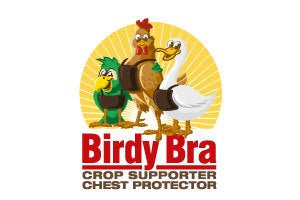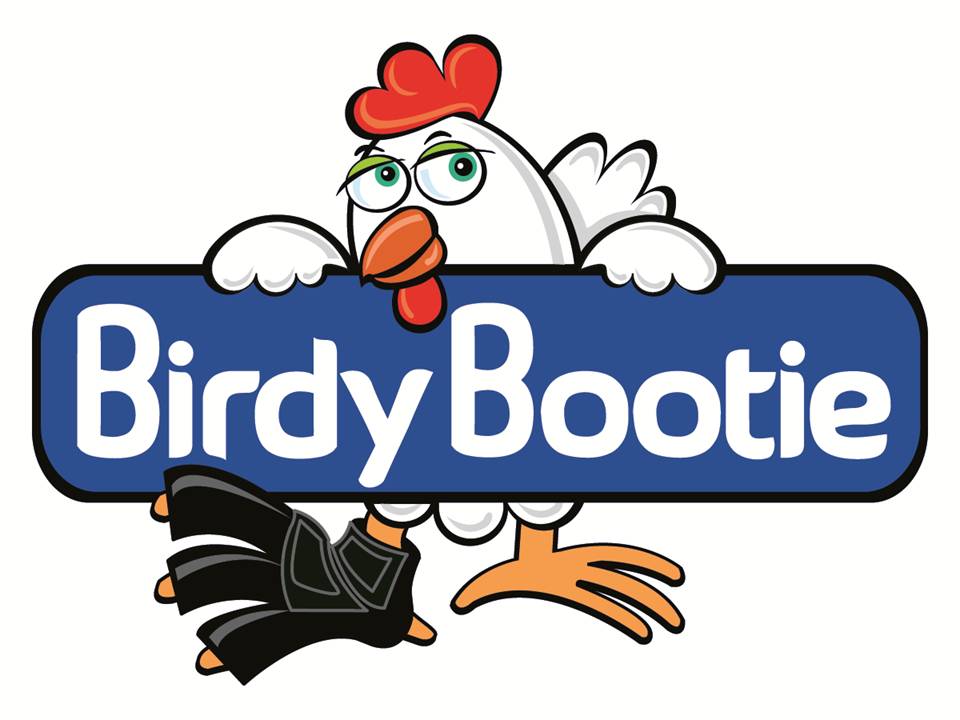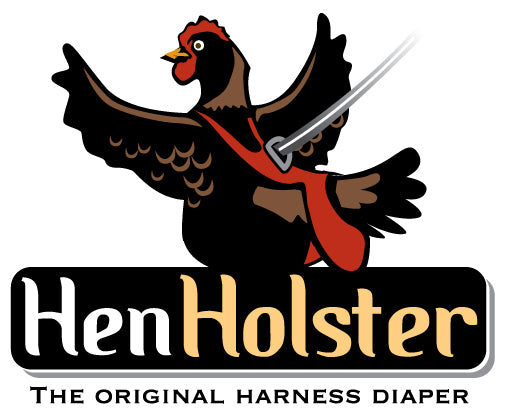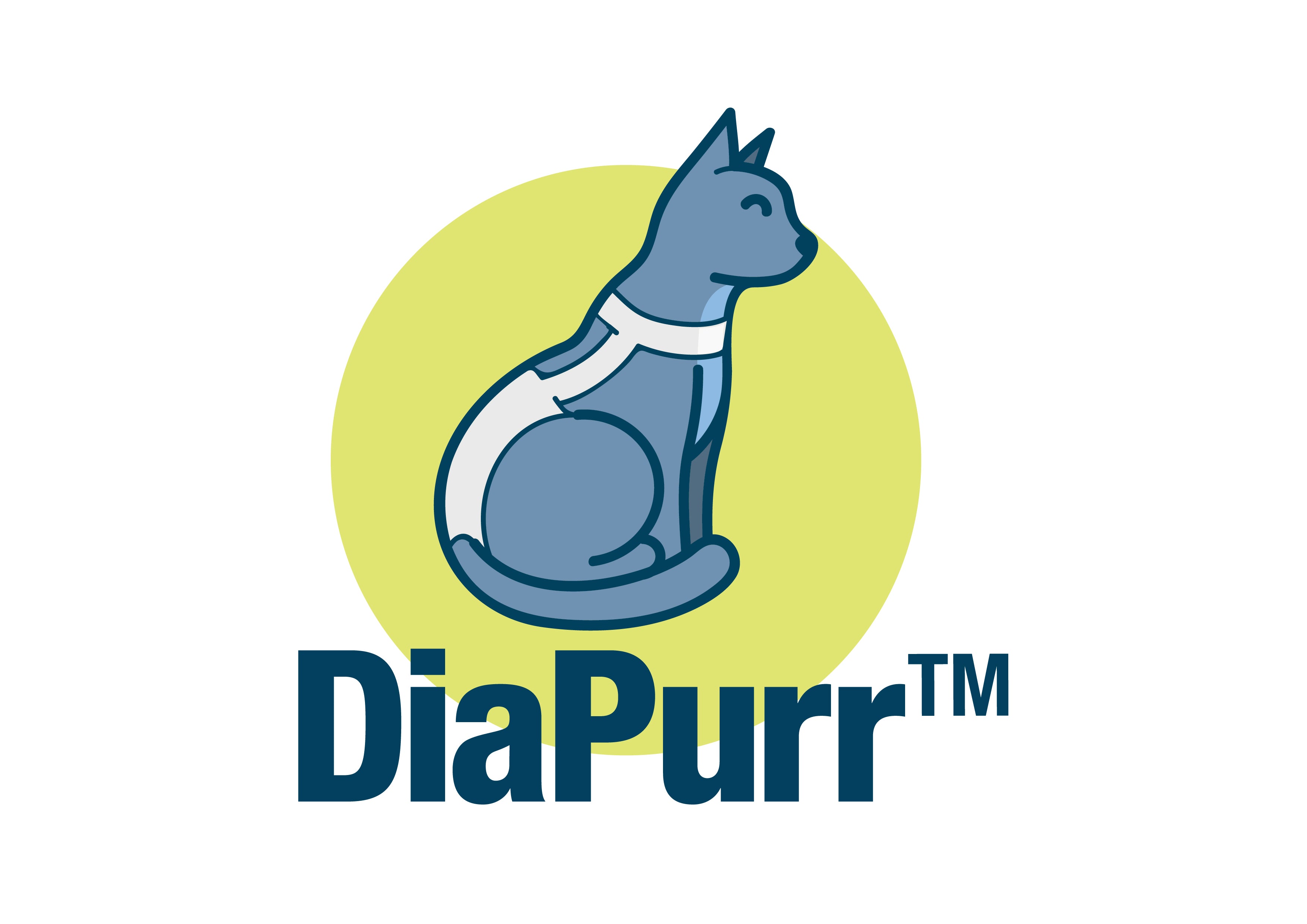How to Safely Apply Cohesive Bandages (Vet Wrap) for Dog and Poultry Injuries
The sudden limp, the distressed yelp, or an unexpected cut on your feathered friend can instantly fill any responsible pet owner with worry. Your immediate instinct is to provide comfort and protection, but knowing how to safely and effectively administer first aid can feel overwhelming. This is precisely where the versatile and invaluable tool known as Cohesive Bandages, or more commonly, Vet Wrap, becomes indispensable. A staple in any animal first-aid kit, it's revered for its self-adhering properties, flexibility, and ability to offer crucial support and protection without sticking to fur or feathers.
However, the true power of Vet Wrap lies not just in its availability but in its proper application. An incorrectly applied bandage – whether too tight, risking restricted circulation, or too loose, failing to provide adequate protection – can unfortunately transform a helpful aid into a source of further discomfort or even injury. This comprehensive guide is meticulously crafted to empower you, the dedicated pet owner, with the essential knowledge and practical skills to confidently navigate these critical situations.
We understand that the well-being of your beloved companions – be they loyal dogs or resilient poultry – is paramount. That's why this resource will walk you step-by-step through the process of how to apply Vet Wrap safely and effectively for a range of common injuries. You’ll learn the nuances of proper tension, correct layering techniques, and how to ensure both effective dog injury care and precise poultry injury care. From minor cuts and abrasions to sprains requiring support, you’ll discover how to create a secure, comfortable bandage that promotes healing and prevents further complications. Equip yourself with the expertise to protect your animals' well-being and provide truly effective wound care, ensuring their comfort and swift recovery.
Key Benefits and Features
Cohesive bandages, widely recognized as Vet Wrap, are an indispensable tool in any pet owner's first-aid kit, particularly for those caring for dogs and poultry. This comprehensive guide will not only teach you how to apply vet wrap safely but also illuminate the significant advantages these versatile bandages offer. Understanding the key benefits and features of cohesive bandages is crucial for providing effective and compassionate dog injury care and poultry injury care, ensuring your animals receive the best possible immediate support.
* Secure and Reliable Support Without Adhesives: One of the primary advantages of cohesive bandages is their unique self-adhering nature. Unlike traditional medical tapes, Vet Wrap sticks only to itself, creating a firm and consistent bond, rather than adhering to fur, feathers, or skin. This ensures a stable, reliable hold around the injured area, providing the necessary support without causing discomfort or painful hair pulling upon removal. This self-cohesion is vital for keeping dressings securely in place for active animals, whether it's a dog recovering from a paw injury or poultry with a splinted leg, making it a cornerstone of effective dog injury care.
* Breathable and Comfortable Material: Cohesive bandages are typically crafted from a lightweight, porous material that allows air to circulate freely around the wound. This breathability is essential as it helps prevent moisture build-up, significantly reducing the risk of skin maceration, irritation, and secondary infections. The comfortable and flexible fit means animals are less likely to chew or pick at the bandage, promoting a smoother and less stressful recovery process. This feature is particularly important for poultry injury care where adequate ventilation can be critical in maintaining feather health and preventing overheating in confined areas.
* Versatile for Various Injuries and Applications: From stabilizing sprains and strains to securing wound dressings, creating protective layers, or even serving as a temporary splint, the versatility of cohesive bandages is unmatched. They can be easily cut to size and conform to awkward body contours, making them suitable for a wide range of injuries on paws, legs, wings, or tails. This adaptability makes learning how to apply vet wrap a highly valuable skill for addressing a myriad of first-aid scenarios in both dogs and poultry, demonstrating its broad utility.
* Water-Resistant and Durable Protection: While not entirely waterproof, cohesive bandages offer excellent water resistance, meaning they can effectively withstand splashes, dew, or brief exposure to moisture without losing their structural integrity. Their durable, tear-resistant construction ensures they hold up well to the daily activities and movements of pets, providing continuous and reliable protection for the injured area. This durability is especially beneficial for outdoor dogs or poultry housed in variable environmental conditions, helping to maintain hygiene and support.
* Easy and Safe Application and Removal: The inherent ease of use is a major benefit. Once you understand how to apply vet wrap correctly – with proper tension and layering, as meticulously detailed in this guide – the application process is straightforward and efficient. Crucially, because it doesn't adhere to hair or skin, removal is a much less stressful and painful experience for the animal, minimizing anxiety. This "stick-to-itself" quality is paramount for minimizing discomfort during both dog injury care and poultry injury care.
* Promotes a Hygienic Healing Environment: By securing wound dressings and providing a protective barrier, cohesive bandages play a vital role in keeping wounds clean and shielded from dirt, debris, and potential environmental contaminants. This creates an optimal and sterile environment for healing, significantly reducing the chances of infection and supporting faster recovery times for the injured animal.
Step-by-Step Guide
Applying cohesive bandages correctly is crucial for effective dog injury care and poultry injury care. Following these detailed steps ensures both the safety and comfort of your pet while facilitating healing.
Step 1: Gather Your Supplies and Prepare the Area
Before beginning, collect all necessary items: Vet Wrap (choose the appropriate width), non-stick sterile pads, sterile gauze, an antiseptic solution, scissors, and possibly medical tape. Gently clean the injured area with a veterinarian-approved antiseptic. For dog injury care, this might involve carefully trimming fur around the wound; for poultry, ensure feathers are clean and out of the way. Always wear gloves to maintain hygiene.
Step 2: Apply a Primary (Non-Stick) Dressing
This is a critical step when learning how to apply Vet Wrap. Place a sterile, non-stick pad directly over the wound. This prevents the bandage from adhering to the injury and allows for easier, less painful removal later. Secure this pad gently with a layer of sterile gauze, ensuring it completely covers the pad without adding excessive bulk. This primary layer acts as a crucial barrier between the wound and the cohesive bandage, preventing potential irritation.
Step 3: Begin Applying the Cohesive Bandage (Vet Wrap)
Now, begin applying the Vet Wrap. Unroll a small section of the cohesive bandage. Start applying it below the injury and work your way upwards, overlapping each turn by about one-half to two-thirds of the bandage's width. For dog injury care, especially on limbs, ensure you include a joint above and below the injury to prevent slippage. For poultry injury care, wrap firmly but not tightly around the leg or wing. The key is even, consistent pressure – firm enough to provide support but loose enough to avoid impeding circulation. Resist the urge to pull the Vet Wrap tightly as you unroll it; let its natural elasticity do the work. Aim for a smooth, uniform appearance.
Step 4: Secure the End and Check for Smoothness
Once the injury is fully covered with about two to three layers of the cohesive bandage, cut the Vet Wrap with scissors, leaving a few inches. Gently press the end onto the underlying layer of the bandage; its self-adhering properties will secure it in place. Smooth out any wrinkles or bumps, as these can create pressure points or discomfort for your dog or poultry. Ensure the bandage feels secure and uniform around the injured area.
Step 5: Assess for Proper Tension and Comfort
This is the most crucial step after learning how to apply Vet Wrap. Immediately after application, check for proper tension. For dogs, you should be able to easily slide two fingers under the edge of the bandage; if not, it's too tight. Observe the paw or foot for swelling, coldness, or changes in color (e.g., pale or bluish). For poultry, check the color of the unbandaged toes or scales. Ensure the animal can move the limb or wing naturally without excessive restriction. Signs of discomfort include excessive licking, chewing, lameness, or distress. If any of these signs appear, remove the bandage and reapply immediately with less tension.
Step 6: Monitor and Maintain the Bandage
Proper dog injury care and poultry injury care extend beyond initial application. Monitor the bandage daily for signs of slippage, chewing, dirtiness, or wetness. A soiled or wet bandage can harbor bacteria and lead to infection. Change the bandage as recommended by your veterinarian, typically every 1-3 days, or sooner if it becomes compromised. Always consult your vet for specific instructions on wound care and bandage duration.
Best Practices and Pro Tips
Successfully applying cohesive bandages (commonly known as Vet Wrap) requires attention to detail to ensure effective support without causing further harm. Whether you're providing immediate dog injury care or tending to a fowl needing poultry injury care, these best practices and pro tips will guide you.
1. Prioritize Wound Preparation:
Never apply Vet Wrap directly to an open wound. Always ensure the injury is clean and cover it with a sterile, non-stick primary dressing first. This protects the wound and prevents the bandage from sticking, which can cause pain upon removal.
2. Always Use Padding:
This is perhaps the most crucial tip, especially when learning how to apply Vet Wrap. Before applying the cohesive bandage, use a layer of soft, absorbent padding (like cotton roll, cast padding, or gauze) around the injury. This provides cushioning, helps absorb exudate, and, most importantly, prevents the bandage from tightening excessively directly on the skin or over bony prominences. For delicate areas on poultry, a lighter hand with padding is still vital.
3. Master the Tension – The "Snug, Not Tight" Rule:
Incorrect tension is the most common and dangerous mistake. The cohesive bandage should be snug enough to stay in place and provide support, but loose enough to allow two fingers to slip comfortably underneath.
* Too Tight: Risks restricting blood flow, leading to swelling, pain, tissue damage, or even necrosis. Watch for signs like coldness, swelling above or below the bandage, increased pain, or lameness (in dogs) or severe lethargy/discoloration (in poultry).
* Too Loose: The bandage will slip, become ineffective, or gather, potentially rubbing and causing skin irritation.
To avoid overtightening, unroll a section of the Vet Wrap first, then apply it gently without stretching it significantly during application. Let the bandage's natural cohesiveness do most of the work.
4. Consistent Overlap for Security:
When applying the cohesive bandage, aim for a consistent 50% overlap with each layer. This creates a smooth, secure, and evenly supportive covering that is less likely to unravel or bunch up.
5. Extend Beyond the Injury:
Ensure your Vet Wrap extends at least 1-2 inches above and below the injured area. This provides adequate coverage and support, preventing the edges from digging into the skin and helping to immobilize the area effectively.
6. Monitor Daily (or More Often):
Regularly check the bandage. Look for swelling, slippage, foul odors, dampness, or any signs of discomfort from your pet. For dog injury care, observe their gait and reaction to touch. For poultry injury care, check their general demeanor, appetite, and any signs of pecking at the bandage. Bandages can become wet or dirty, harbouring bacteria and leading to infection, especially if applied incorrectly. Re-apply or adjust as needed, typically every 24-48 hours.
7. Prevent Chewing/Pecking:
Dogs and poultry often try to remove bandages. For dogs, consider using an Elizabethan collar (E-collar) or a deterrent spray. For poultry, close monitoring is key, as they can quickly damage the bandage or their own skin trying to remove it.
8. When in Doubt, Consult a Vet:
While how to apply Vet Wrap is a valuable skill for minor first aid, cohesive bandages are not a substitute for professional veterinary care. If the injury is severe, deep, bleeding excessively, or if you notice any concerning changes (persistent swelling, discharge, extreme pain), seek immediate veterinary attention. Your vet can properly diagnose, treat, and advise on the best course for both dog injury care and poultry injury care.
Conclusion
Mastering the safe and effective application of Cohesive Bandages is an invaluable skill for any responsible pet or poultry owner. Throughout this guide, you've gained crucial insights into how to apply vet wrap correctly, ensuring it provides vital support while never compromising your animal’s circulation or comfort. We’ve emphasized the importance of proper tension – not too tight, not too loose – and meticulous attention to cleanliness, protecting the wound, and cushioning bony prominences.
You now understand the distinct considerations for dog injury care, often requiring a more robust and secure wrapping, versus the delicate and precise approach essential for poultry injury care, where feather integrity and movement are paramount. These principles are your foundation for providing compassionate and effective temporary assistance.
Armed with this practical knowledge, you can confidently respond to minor injuries, providing immediate relief and protection. However, remember that Vet Wrap serves as a bridge to professional help. It is critical to continuously monitor the bandaged area for swelling, discoloration, odor, or any signs of discomfort. If the injury is severe, involves deep cuts, excessive bleeding, or if your animal shows signs of pain, lameness, or lethargy after the bandage is applied, do not hesitate to contact your veterinarian immediately. They are your primary resource for diagnosis and comprehensive treatment.
Your ability to quickly and correctly apply Cohesive Bandages demonstrates your commitment to your animal’s well-being. Practice these techniques, stay observant, and always prioritize professional veterinary consultation. Your proactive care makes all the difference in their recovery and comfort.









